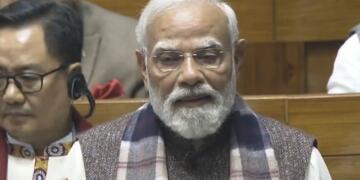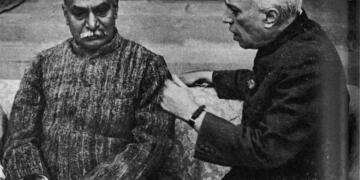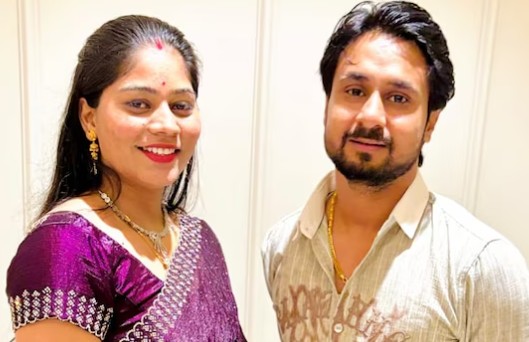New and deeply disturbing revelations have come to light in the ongoing investigation into the brutal murder of Raja Raghuvanshi. The key accused, Sonam Raghuvanshi, who had previously orchestrated the murder of her husband, has now been implicated in a series of shocking actions that reveal the extent of her criminal activities. Three explosive new details have emerged, adding complexity and intrigue to the already tragic case.
Sonam’s Sinister Plan for Another Murder
According to the Shillong Police, after executing the murder of Raja, Sonam had set her sights on another potential victim. In an unsettling twist, police sources claim that Sonam was planning to murder another woman after Raja’s death. Her chilling plan involved not only killing the woman but also disposing of the body in a manner designed to mislead investigators. Sonam intended to burn the woman’s body along with a scooter or throw her into a river, creating the false impression that Sonam herself had been killed as well. This would have diverted suspicion and helped Sonam cover her tracks, maintaining the illusion that she was also a victim in the situation.
The Role of the Burqa and Flight to Siliguri
The police have also revealed startling details about Sonam’s escape after Raja’s murder. Authorities claim that Raja had provided Sonam with mobile phones, 50,000 rupees, and a black burqa to help her evade capture. Sonam, disguised in the burqa, managed to flee from Indore and traveled to Siliguri in a taxi. The use of the burqa was an attempt to alter her appearance and avoid detection, showing just how meticulously she had planned her escape.
The police believe this flight to Siliguri was not only part of her effort to evade arrest but also to establish a new life under a false identity. This raises serious questions about the lengths to which Sonam was willing to go to ensure her safety and avoid the consequences of her crime.
The ‘Victim’ Strategy
After her escape, Sonam, in collaboration with her accomplices, allegedly concocted a plan to portray herself as a victim. This strategy was designed to shift the focus away from her role in the murder. Following the arrest of one of her associates, Akash, the plot took a new turn. Sonam was reportedly coached to present herself as someone who had been abducted and held captive in Shillong. In a statement to the Uttar Pradesh (UP) Police, she claimed that some people had kidnapped her and that Raja had been killed during a robbery attempt. This false narrative was an attempt to distort the truth and manipulate law enforcement, diverting attention from the real sequence of events.
The Connection to the Indore Flat
Further complicating the case, police investigations revealed that Sonam spent 14 days in a locked flat in Indore after the murder. This flat, which was kept under lock and key, served as a hideout where she waited for further instructions. The flat, which appeared to be a safe house for Sonam, has become a critical piece of evidence in understanding the full scope of the criminal conspiracy.
The Web of Deceit and Manipulation
As more details continue to emerge, it is clear that Sonam and her accomplices were working in tandem to manipulate both the police and the public perception of the case. The ongoing investigation has uncovered a web of deceit, with false narratives, misleading statements, and meticulous planning aimed at evading justice. This has not only shocked the public but also raised questions about the lengths to which individuals can go when driven by desperation and guilt.
The authorities are piecing together the full story behind Raja’s murder, and each new revelation adds to the complexity of the case. What initially seemed like a crime of passion has now evolved into a calculated series of events, suggesting a deeper and more organized criminal conspiracy.
A Broader Reflection on the Case
The shocking nature of Sonam Raghuvanshi’s actions has sent ripples through the community, sparking discussions about the dark side of human nature and the lengths to which some individuals will go to conceal their guilt. It raises critical questions about trust, betrayal, and the dynamics of manipulation in intimate relationships.
This case serves as a chilling reminder that behind many crimes, there is often more than what meets the eye—a web of lies, secrets, and betrayals that may not be fully understood until after the tragedy has occurred. As the investigation progresses, it is clear that there are still many unanswered questions, and the full extent of Sonam’s motivations remains to be revealed.
































